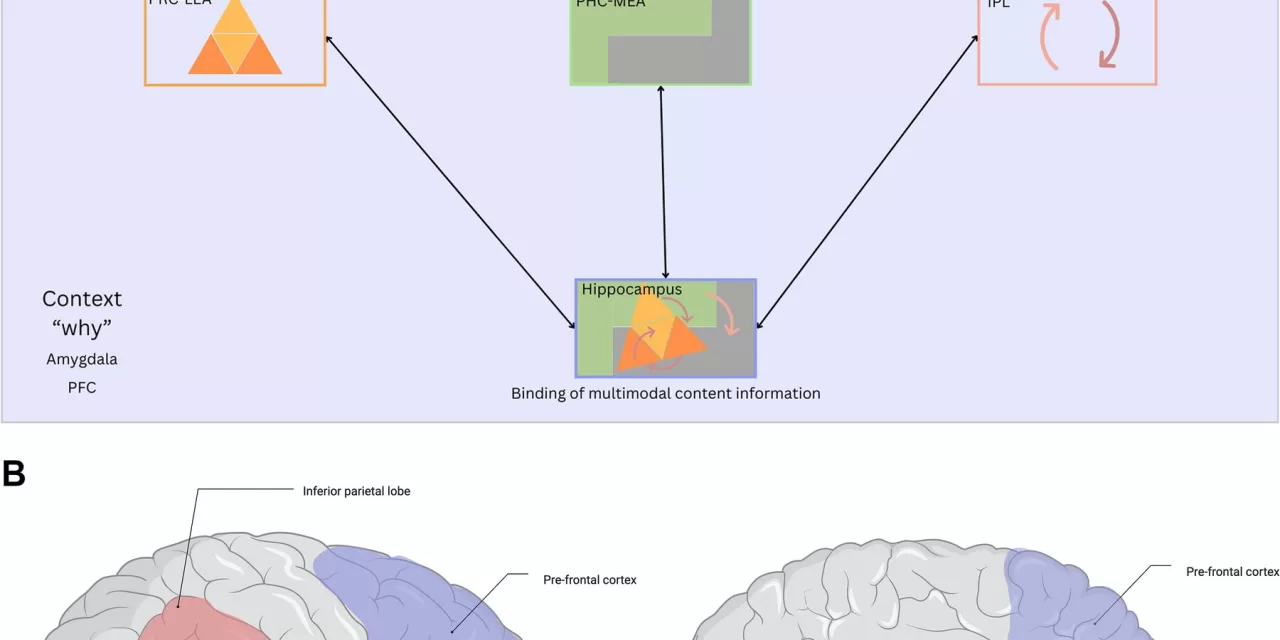New Study Sheds Light on the Complex Factors Behind Human Memory
A new study from Rice University delves into the fundamental question: why do we remember some events and forget others? A review paper published in Cognitive, Affective & Behavioral Neuroscience offers fresh insights into the relationship between emotional significance, personal relevance, and individual differences in shaping memory.
The paper, titled “Tell me why: The missing w in episodic memory’s what, where, and when,” was authored by Fernanda Morales-Calva, a graduate student in psychological sciences, and Dr. Stephanie Leal, an adjunct assistant professor at Rice. The review synthesizes existing research on the “three Ws” of memory—what, where, and when—offering a deeper understanding of why certain memories are retained.
The Three Ws of Memory
The study examines how emotional resonance, personal relevance, and individual differences play a role in memory retention. Unlike experimental studies, the authors focus on existing research to provide a comprehensive analysis of episodic memory.
Morales-Calva and Leal categorize memory research into three primary areas: the “what,” the “where,” and the “when” of memory. Their findings show that emotional content, personal significance, repetition, and attention are critical factors influencing what we remember. For instance, events with strong emotional connections or those that capture our focus are more likely to be remembered.
The paper also explores spatial memory, or where an event happens. New environments tend to command more attention, leading to stronger memories compared to familiar settings. Additionally, the timing of events plays a crucial role in memory formation. How we sequence events and recognize transitions between them contributes to our ability to recall specific episodes.
Memory Is Not One-Size-Fits-All
Morales-Calva emphasized that memory is shaped by personal circumstances, including cultural, personal, and cognitive differences. “Memory is not a one-size-fits-all phenomenon,” she explained. “What’s memorable for one person might be entirely forgettable for another depending on their unique background and cognitive priorities.”
The review highlights the complexity of memory, suggesting that individual factors—such as culture, life experiences, and cognitive styles—can significantly influence what we remember. These insights have important implications not only for research but also for practical applications in clinical and everyday settings.
Implications for Memory Assessments and Interventions
The researchers noted that standardized memory assessments, often used in clinical settings, may not account for these individual differences. These tests, typically developed within specific cultural contexts, may yield inaccurate results when applied across diverse populations, potentially overlooking critical factors that shape memory. This underscores the need for more tailored approaches to memory assessment and intervention.
With the global population aging and memory impairments becoming more prevalent, the study’s findings could inform strategies for addressing conditions such as dementia and cognitive decline. Understanding how individual differences influence memory could lead to more effective interventions and therapies.
Moving Forward
As the authors advocate, memory research can benefit from incorporating individual differences into experimental designs. This approach could bridge the gap between laboratory findings and real-world applications, allowing for a more nuanced understanding of the human experience.
“This review highlights the importance of considering subjectivity and context in memory research,” said Dr. Leal. “By accounting for these variables, we can develop more accurate diagnostic tools and effective interventions.”
This research represents a step forward in unraveling the complexities of human memory, offering a more personalized perspective on how and why we remember.
For more information, see the full study: Tell me why: The missing w in episodic memory’s what, where, and when in Cognitive, Affective, & Behavioral Neuroscience (2024). DOI: 10.3758/s13415-024-01234-4.












